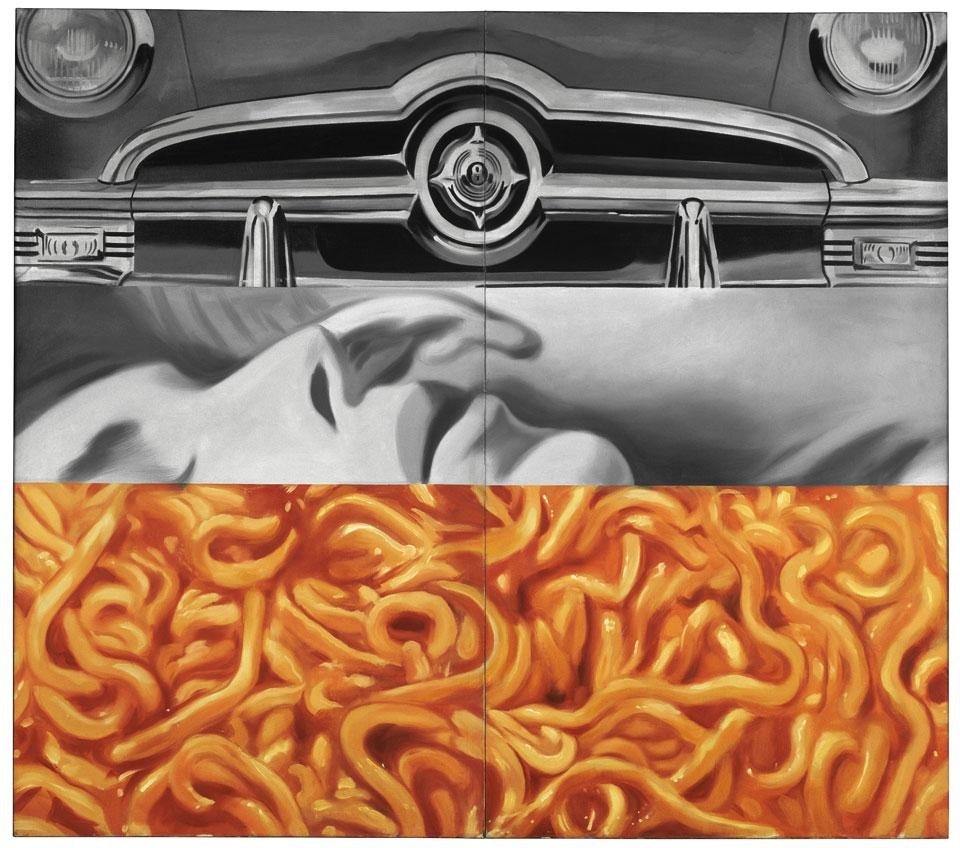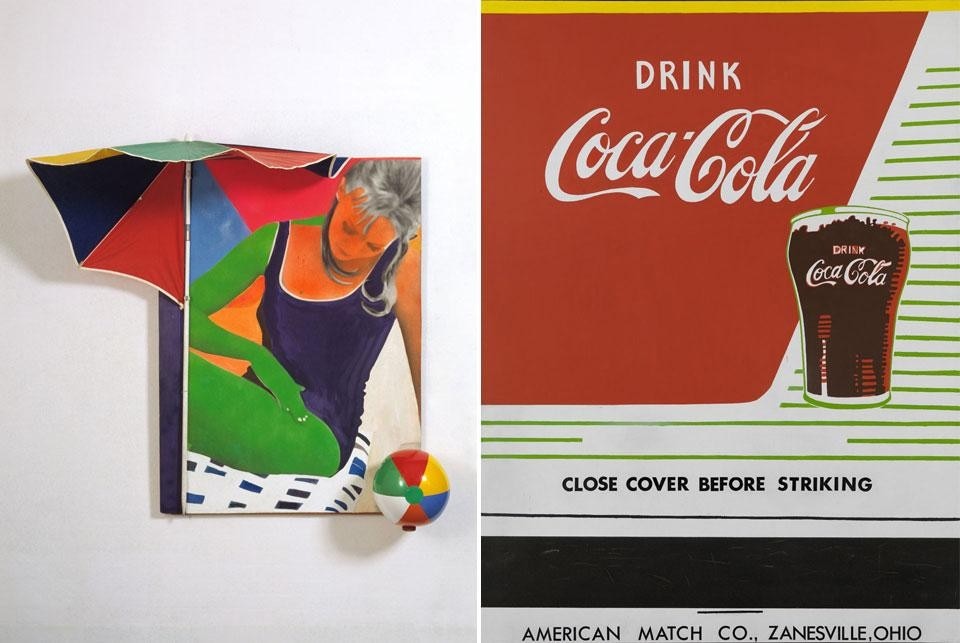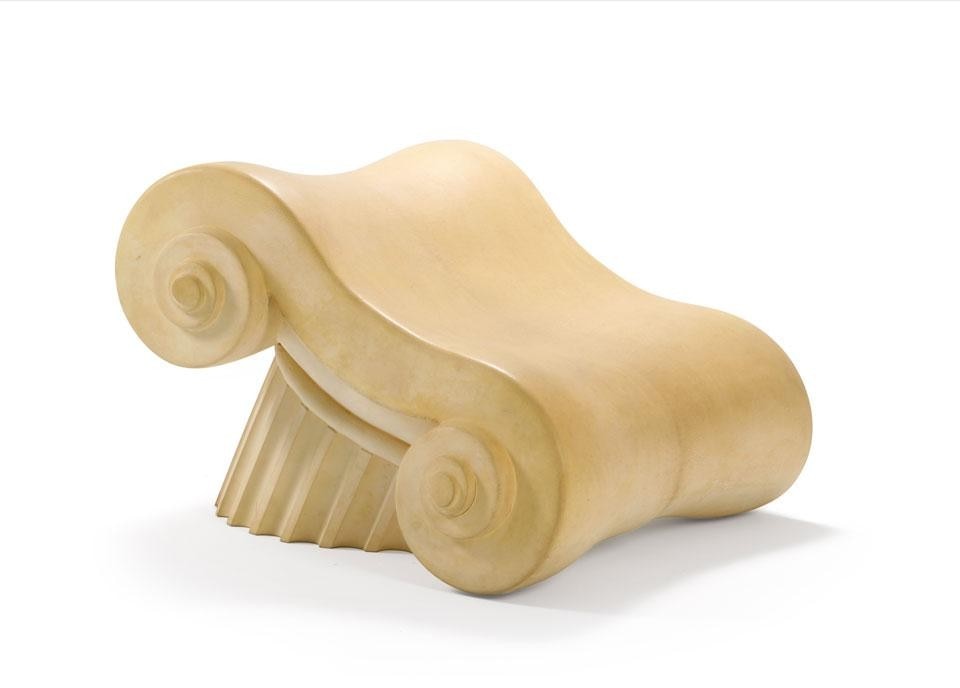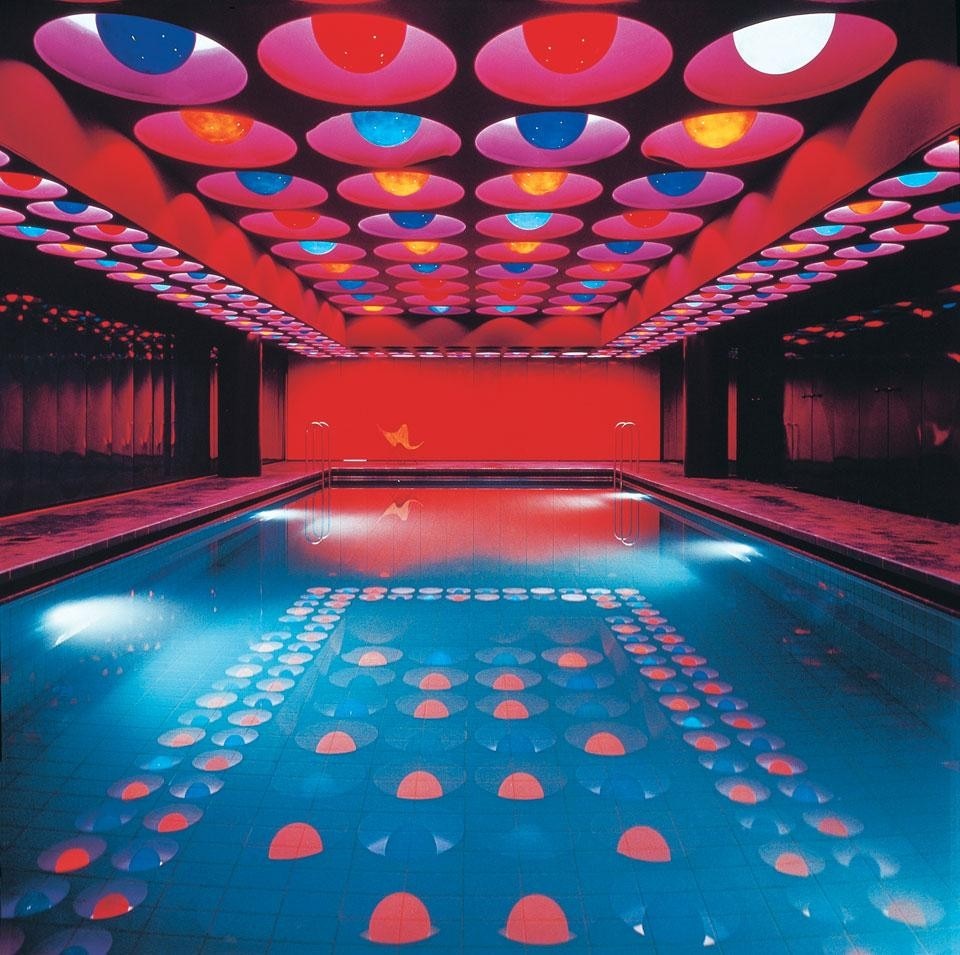The exhibition concept was developed by curator Mathias Schwartz-Clauss, who selected a series of objects from the collection of the Vitra Design Museum, from which an overall body of work of around 140 exhibits emerged. Half of these were works of art and half product designs, along with photographs, documents, texts and films.
Appearing in the exhibition are works such as an early screen by Warhol (1958, one of his first works), a target painting by Jasper Johns (1957), the Leonardo sofa, that has rarely appeared in an exhibition since its production, the Yellow Brushstroke by Roy Lichtenstein (1965), I Love You with My Ford by James Rosenquist (1961), the monumental Moloch lamp by Gaetano Pesce (1970-71) and the Chair by Allen Jones (1969).
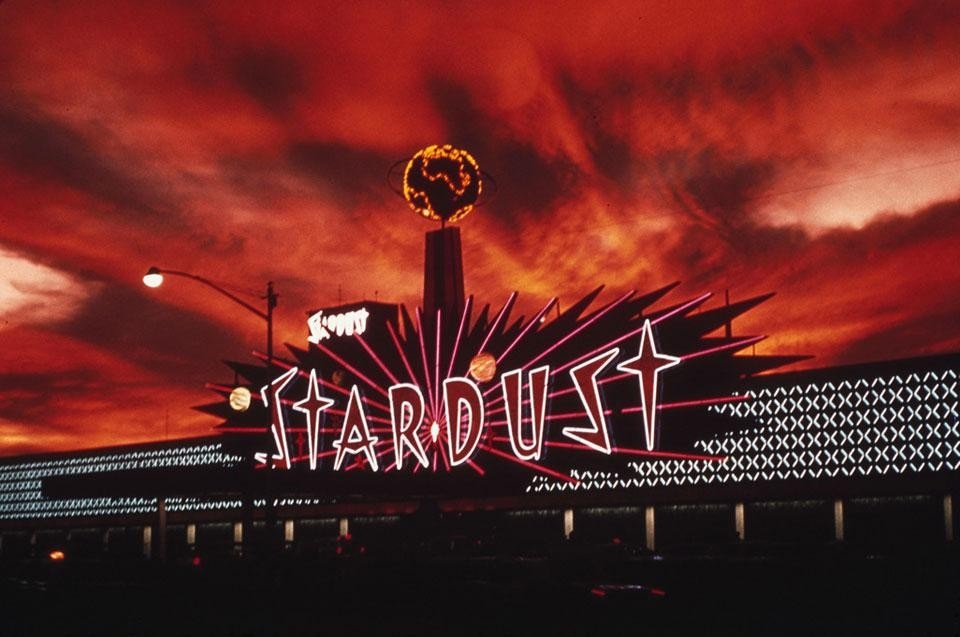
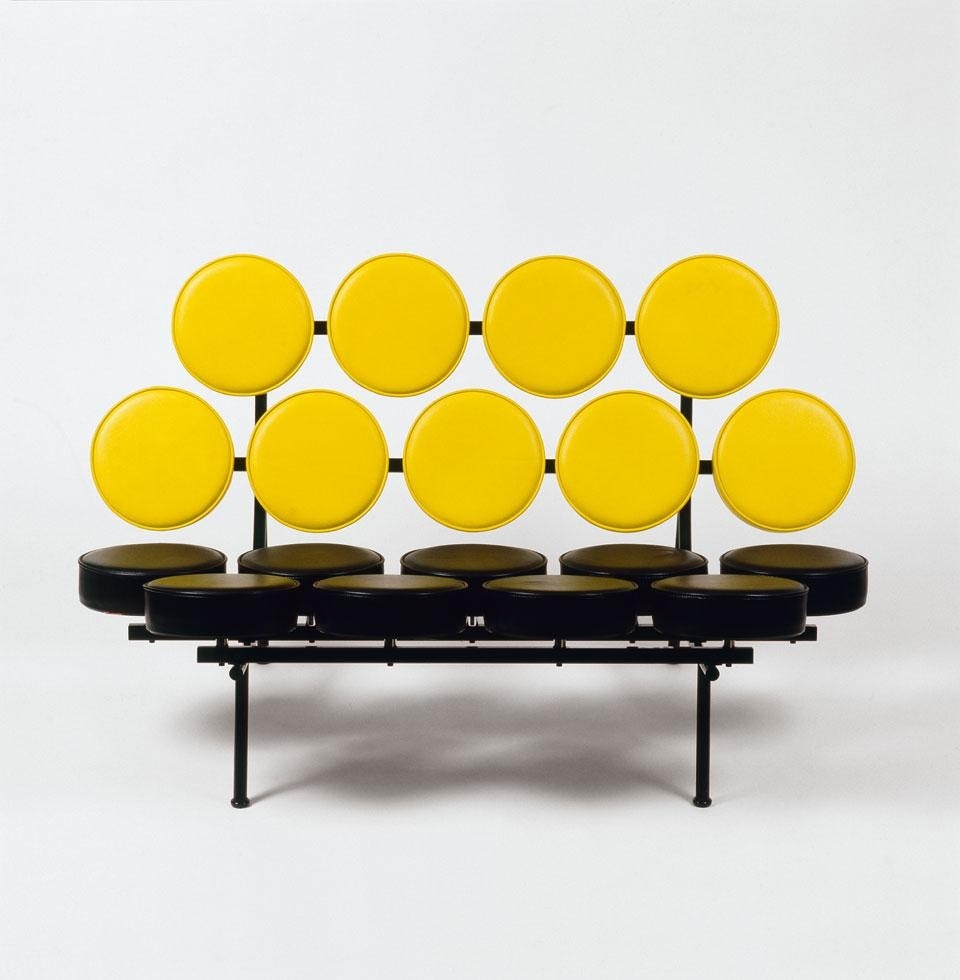
Inside the museum spaces built by Frank O. Gehry, a dialogue is developed between the art and design of the time, demonstrating how the two worlds were not only closely connected, but provided inspiration for each other
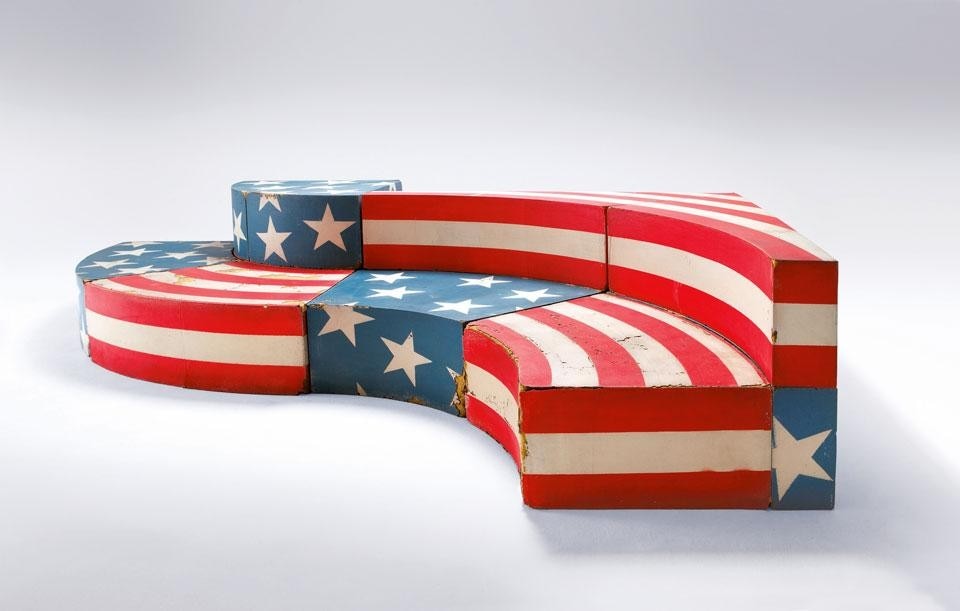
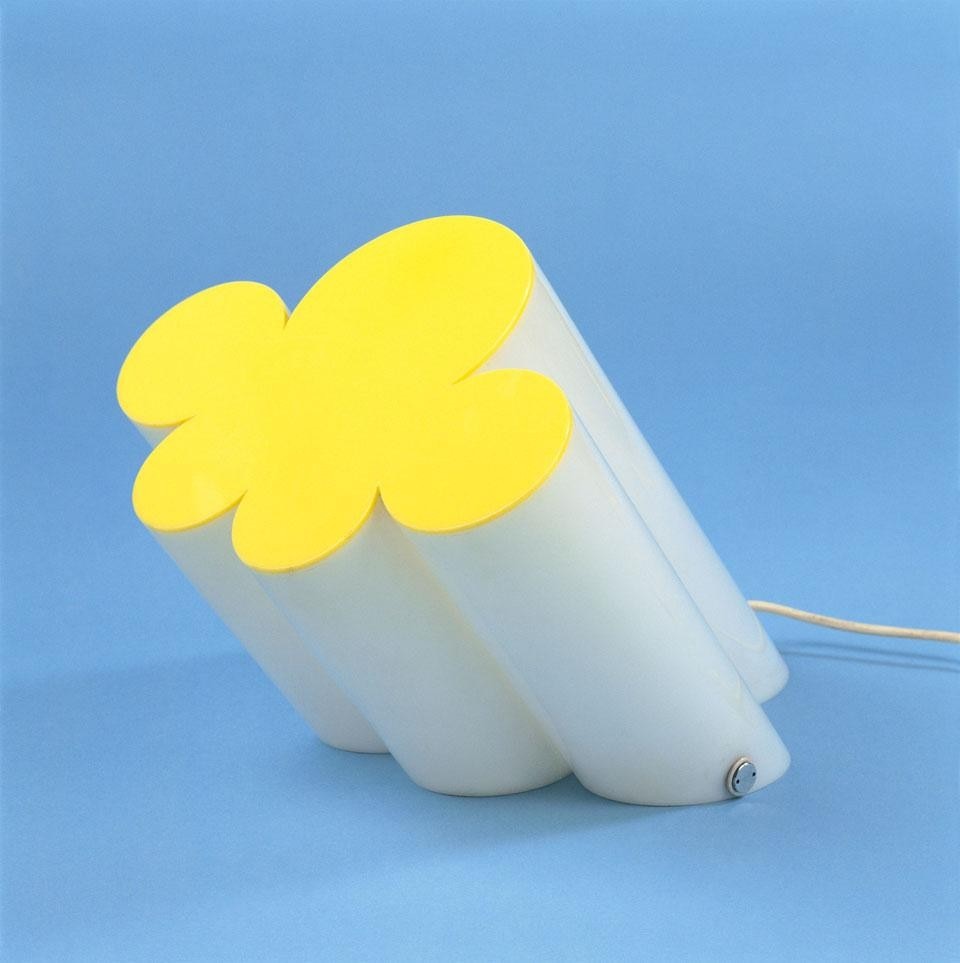
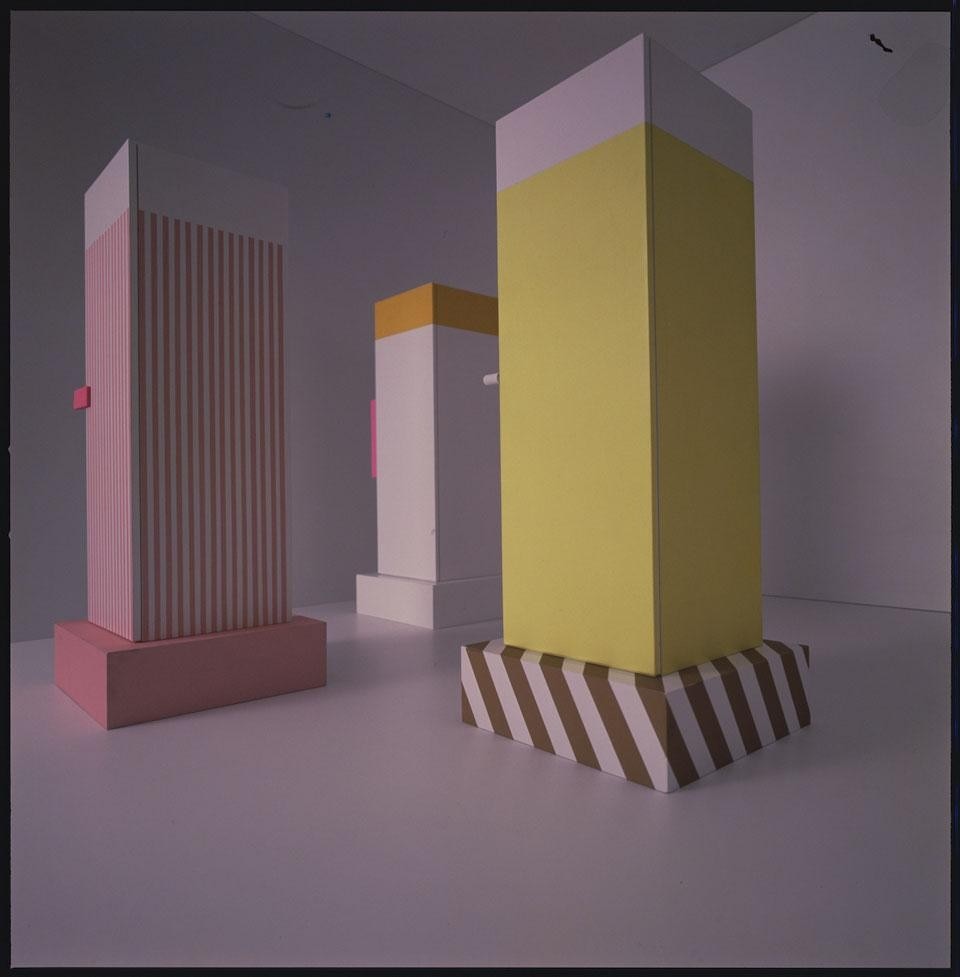
Pop Art Design
Vitra Design Museum
Charles-Eames-Straße 2, Weil am Rhein, Germany
